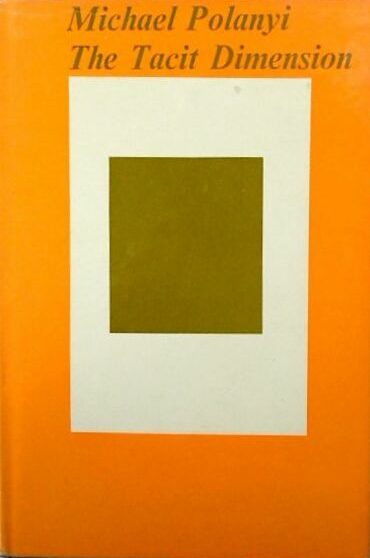Return to archive
title
Clay 3D Print of Urmein
submitted by
Martin Roesch Nicola Graf

Clay 3D Print of Urmein
The tools that architects use to visualise and materialise their ideas have changed rapidly in recent years, but their impact on the design process has often remained unacknowledged.
The model displayed here, a clay 3D print of Urmein, a rural village in Switzerland, highlights the exploratory path that architects often take when new technologies become available. The model is based on information drawn from photogrammetry and drone footage, and has been produced by a clay printer intended for pottery – all tools that do not typically belong in the architect’s toolbox.
By combining a well-known material such as clay with the relatively new technique of 3D printing, the model not only implicitly questions the potential of the tools used to communicate ideas, but also foreshadows new design concepts that might result from it.
Submitted by
Martin Roesch and Nicola Graf are architecture Master students in their final year at ETH Zürich. For the past five years, they have been working with HYTAC, a teaching unit at ETH Zürich that explores the communication of architecture through technology. Accordingly, Martin and Nicola share a great interest in the tacit impact of technology on the design process.
This object is part of the TACK Exhibition “Unausgesprochenes Wissen / Unspoken Knowledge / Le (savoir) non-dit”, in the section “Making and Materiality”.






